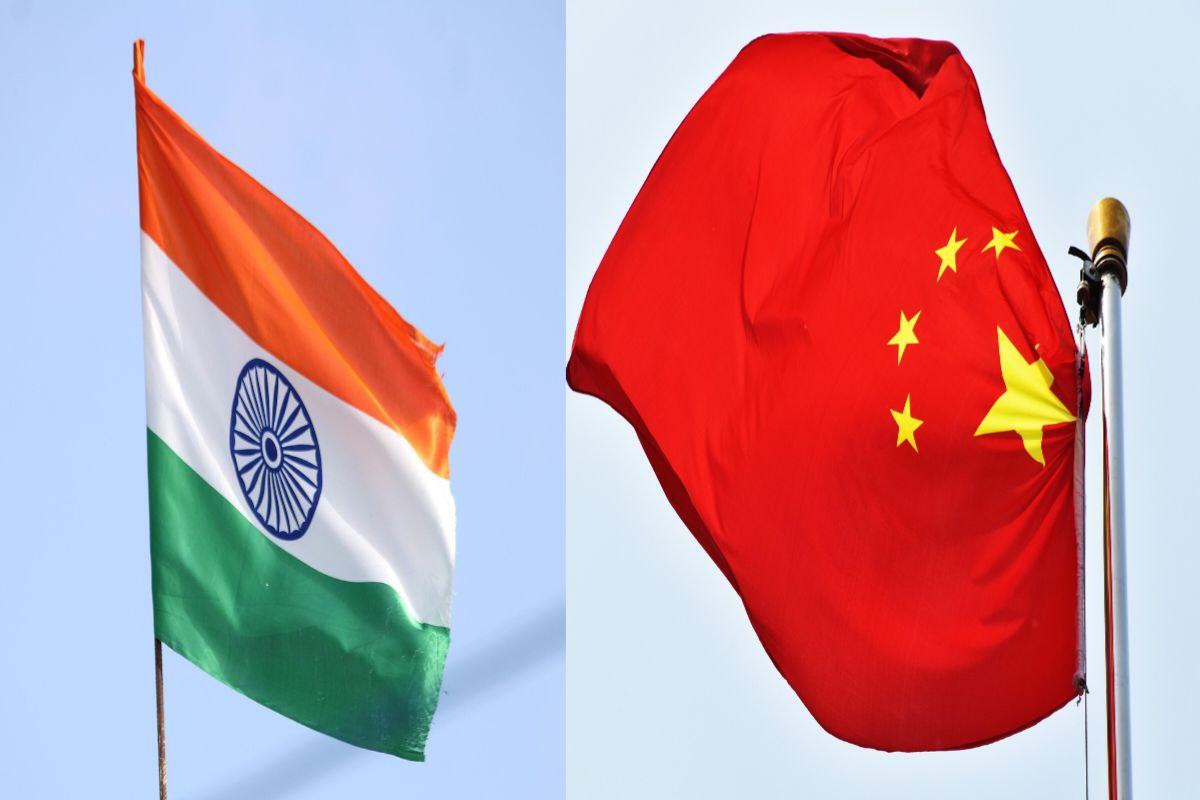
Amid growing tensions with the United States, India’s stance towards China appears to be softening. After years of strained ties and the 2020 border clashes, China has eased its restrictions on urea exports to India. This move is seen not only as a trade-related decision but also as a sign of shifting geopolitical alignments.
Under the new arrangement, China will supply around 300,000 tonnes of urea to India. This development is expected to provide relief to Indian farmers while also helping balance the global supply chain. India is the largest importer of urea in the world and heavily depends on foreign suppliers to meet its agricultural needs.
China, once a major exporter of urea, had significantly scaled back its shipments in recent years. In 2023, nearly half of China’s urea exports were destined for India. However, last year Beijing completely halted urea exports to all countries. Although some restrictions were partially lifted in June, specific bans on exports to India remained in place—until now.
Currently, the trade volume remains limited but has strong potential for growth. Increased shipments could help ease global supply shortages and bring down elevated prices. According to the Fertiliser Association of India, India’s urea imports fell by nearly 20% in the financial year ending March 31, reaching 5.7 million tonnes. Imports from China dropped drastically from 1.87 million tonnes in the previous year to just about 100,000 tonnes in 2024-25.
Now, with the latest policy shift, China will resume exports of around 300,000 tonnes to India. This decision has been accompanied by another diplomatic gesture: India has lifted restrictions on tourist visas for Chinese nationals.
Sources suggest these developments are unfolding ahead of a potential visit by Prime Minister Narendra Modi to China. This comes at a time when the US has raised tariffs on Indian imports by 50% in retaliation for India’s continued purchases of Russian oil.
As China actively works to improve ties with India, the two neighbors—once staunch adversaries—now seem to be moving towards a new phase of diplomatic engagement. This warming trade relationship is expected to not only benefit Indian farmers but also signal the emergence of new strategic equations in Asian geopolitics.
Disclaimer:
This article is based on publicly available news reports, official statements, and industry data. It is intended for informational purposes only and does not represent any political stance or endorsement. Readers are advised to verify facts from multiple sources before forming conclusions.




